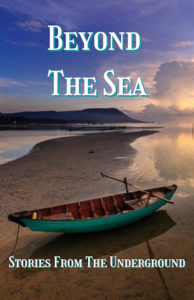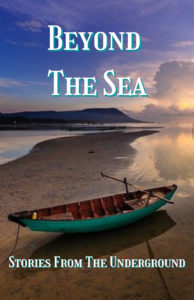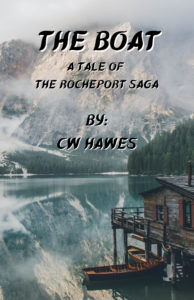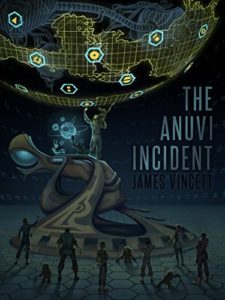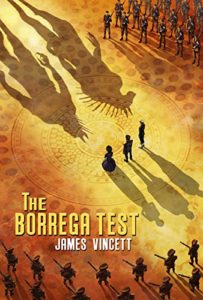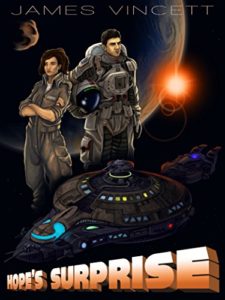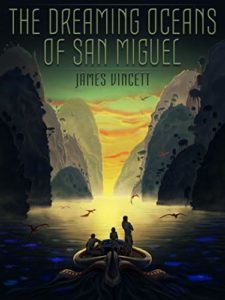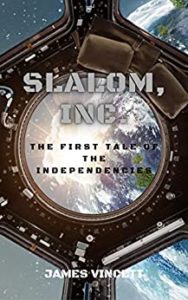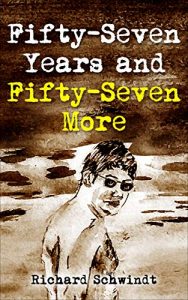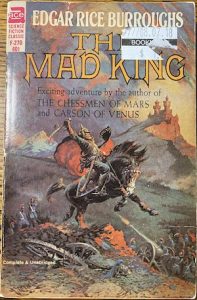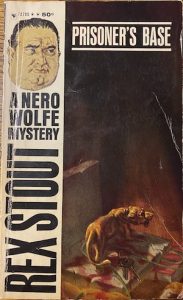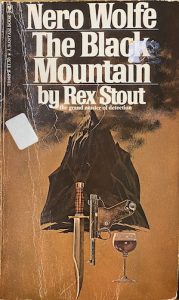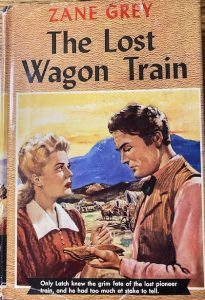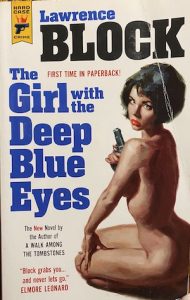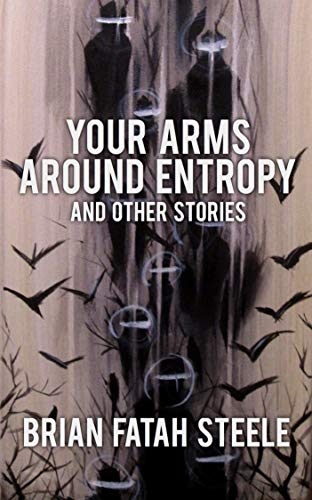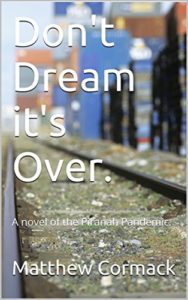2021 — it was a good year for reading. I got reacquainted with old friends and met a number of new ones.
All told, I read 110 works of fiction and non-fiction. The breakdown is:
44 novels/novellas
54 novelettes/short stories
6 screenplays
6 non-fiction
Of those 110 works, 43 were by indie authors. Which makes for 39%.
Eleven storytellers stood out above the rest. Below is a brief explanation of their outstanding merits.
Matthew Cormack
The Piranha Pandemic: From Small Acorns is Cormack’s third book chronicling the events of the Piranha Pandemic. The first two are Don’t Dream It’s Over and Ganbaru.
Cormack’s strengths as a storyteller are his realistic post-apocalyptic worldbuilding, and his vividly realistic characters.
James Patterson once said about himself that he was a lousy writer, but a good storyteller.
Mr Cormack is both a good writer and a good storyteller. Quite honestly, there are few writers who can touch him. He’s that good.
James Vincett
Vincett is one of the very few writers who can give Matthew Cormack a run for his money.
Vincett’s storytelling transports us to highly imaginative worlds. He puts us into exciting space operas that we don’t want to leave.
As of now, he has 3 series going: the Hominim Union, the Independencies, and the Far Frontiers. The books in all three are fabulous. Take a look at his Amazon page.
Suffice it to say, I’ve bought and read all his books and will buy anything he publishes in the future because he knows how to tell a great story. And I love a great story, with memorable characters.
Neil Mosspark
Mr Mosspark burst on the scene a couple years ago and then vanished. Which is a shame. He’s an engaging writer. An imaginative writer. He has, though, left a number of works on Amazon — which is good for us. I recommend you get them.
His Sand Fall Trilogy is survival science fiction. Crash landed on a desert planet, can a ragtag group of humans survive when everything is against them? Very much worth your money and time to read. Pick it up on Amazon.
John F Leonard
John F Leonard tells horror stories which are subtle in nature. The spookiness and the terror hit you after the fact.
Call Drops involves a phone that works, but shouldn’t. The story is about choices and consequences. The ending will get you.
A Plague of Pages explores ownership and vengeance. Hold onto your socks.
Mr Leonard tells good stories. I look forward to reading more of his work in 2022. Pick up his books on Amazon and let them give you goosebumps.
Andy Graham
Andy Graham writes atmospheric horror. His prose is literary. And his stuff is so scary I have to be in the right frame of mind to read it.
His book A Demon Risen is terrifying. Plain and simple. It’s also the third or fourth book of his that I’ve read. And every one is terrifying. Get them at Amazon.
Just remember: his books are best read while the sun is shining.
Terry Newman
A number of years ago I read Detective Strongoak and the Case of the Dead Elf. It was a magical blend of humor, hardboiled detective fiction, and fantasy. And I loved it.
Nicely Strongoak is a dwarf. He’s also a detective and a shield for hire. And he’s one of the most fascinating characters I’ve come across in a long time. Sam Spade meet Terry Pratchett.
Last year I read The King of Elfland’s Little Sister and Dwarf Girls Don’t Dance, the latest books in the Nicely Strongoak series, and was not disappointed.
The books are hilarious, suspenseful, and engaging murder mysteries. All set in a highly imaginative fantasy world. Get over to Amazon for some super great fun.
Lisette Brodey
I’ve read 3 books by Ms Brodey, the latest being The Waiting House; which is a fine example of literary fiction blended with magical realism, humor, and a bit of fantasy.
Ms Brodey’s storytelling is characterized by the vivid and memorable characters that she tells us about. And it’s what keeps me coming back to her fiction. After all, characters are the thing. Pick up a copy of The Waiting House on Amazon.
Garrett Dennis
Port Starbird is my kind of murder mystery. The book is laid-back, cerebral, touched with humor, transports you to the world of the detective, and introduces you to a whole lot of new friends.
I was only partway through Port Starbird, the first of the Storm Ketchum mysteries, when I fell in love with the world Mr Dennis had created and bought all the books. I’m looking forward to reading more of Storm Ketchum’s world this year. And you can get in on his adventure’s via Amazon.
KD McNiven
Ms McNiven writes fast-paced action adventures. One of her most fascinating characters is Detective Brock Scanlin. He’s a hard as nails police detective, yet he’s human. All too human. And that’s what makes Blood Alley and Blood Pool so good. Climb aboard the Brock Scanlin roller coaster today.
Richard Schwindt
Richard Schwindt is no stranger to this blog. I’d buy his grocery list, his writing is that good.
In The Death of Brenda Martin he has tied together all of his various fictional worlds. Quite a feat.
Schwindt is an artist who gives us a world we can see, touch, smell, taste, and feel. He blends mystery, monsters, and real life problems with panache. Enter his world. You won’t regret it.
Caleb Pirtle III
Caleb Pirtle has been writing and telling stories his entire life — and it shows. His fingers dance across the keyboard with the grace and power of a Baryshnikov.
What is undoubtedly the most powerful novel I read in 2021 came from his genius: Last Deadly Lie. The book is a tale of lies, lust, deceit, power, and destruction.
The setting is a church community. But this is not a religious novel. It’s the story of people. People who crave power and control and what they will do to get it and exercise it — no matter the setting, no matter the cost. It’s a tale of lust and secrets and the lies that are told to mask a person’s true intentions.
Last Deadly Lie. A powerhouse of a novel. One you will not forget. Get it from Amazon if you dare.
That’s my cream of the crop for 2021. I’m eager to see what delights 2022 with reveal.
Comments are always welcome. And until next time, happy reading!
Share This!